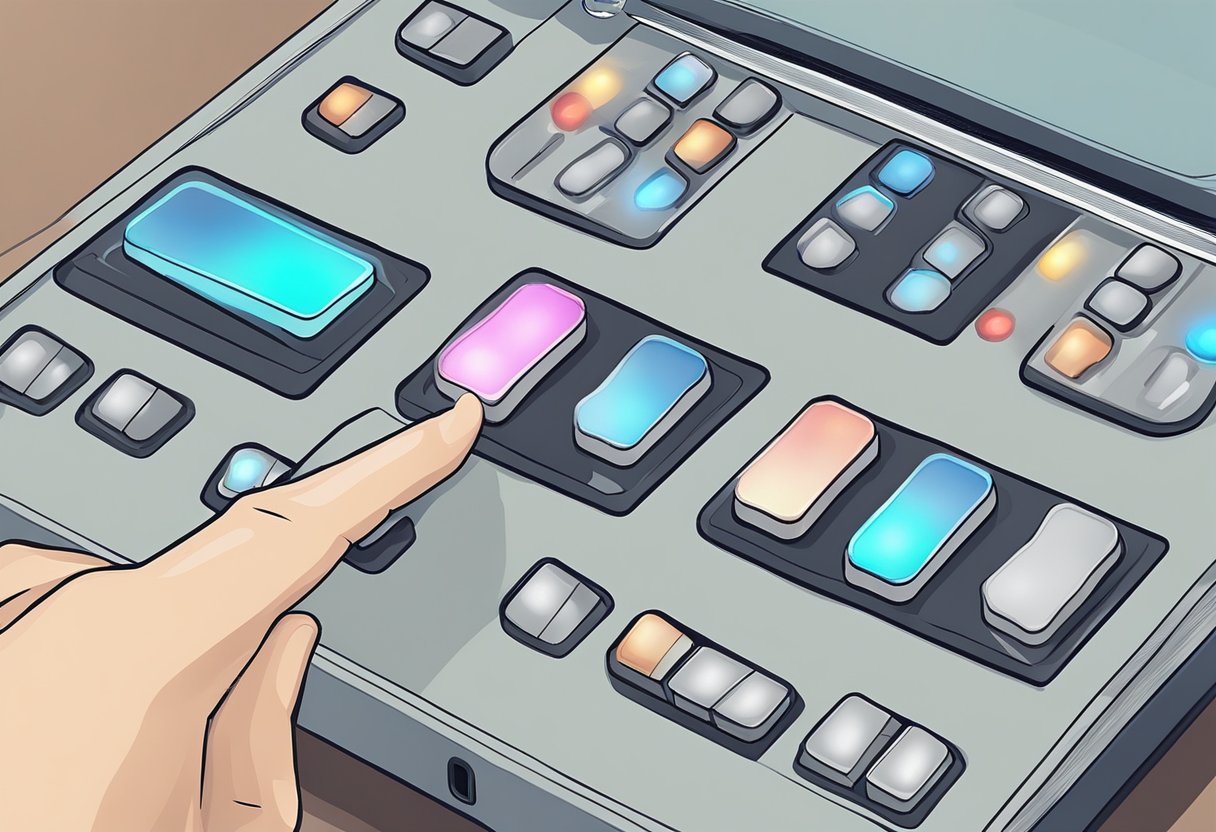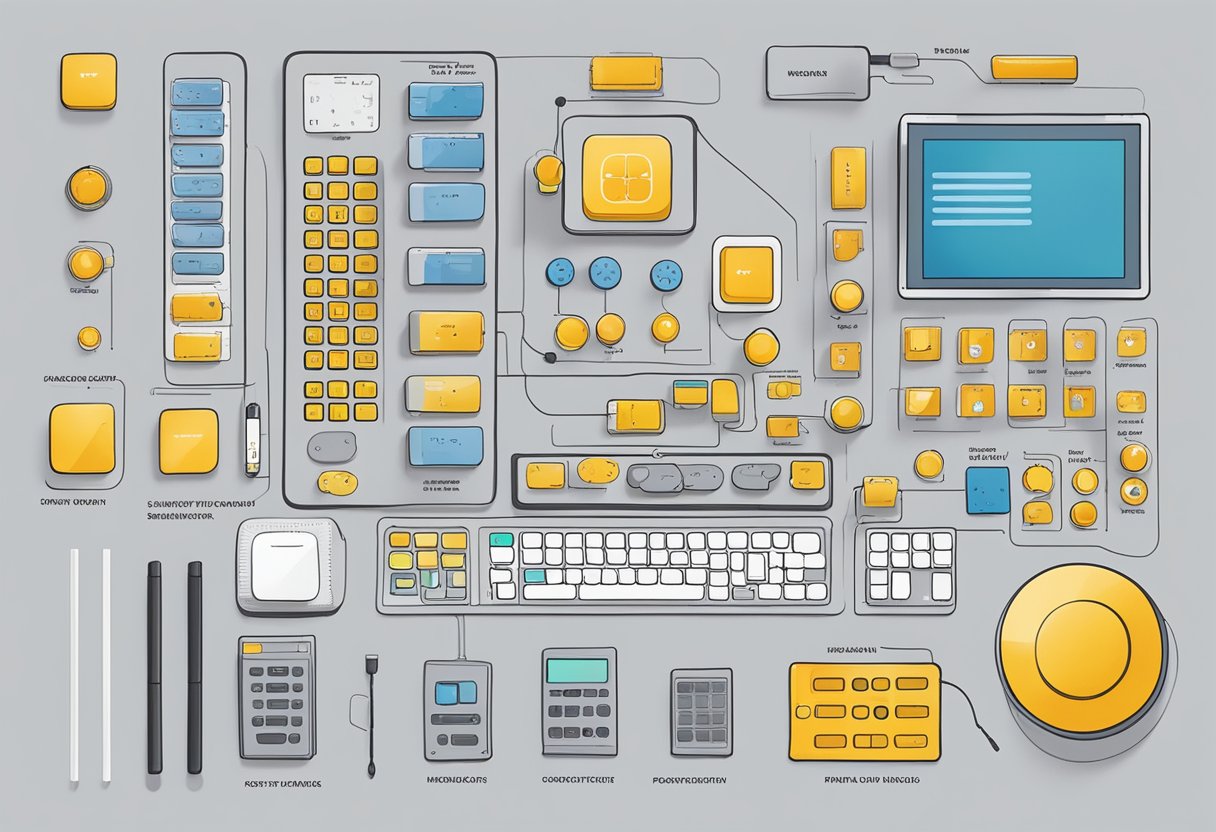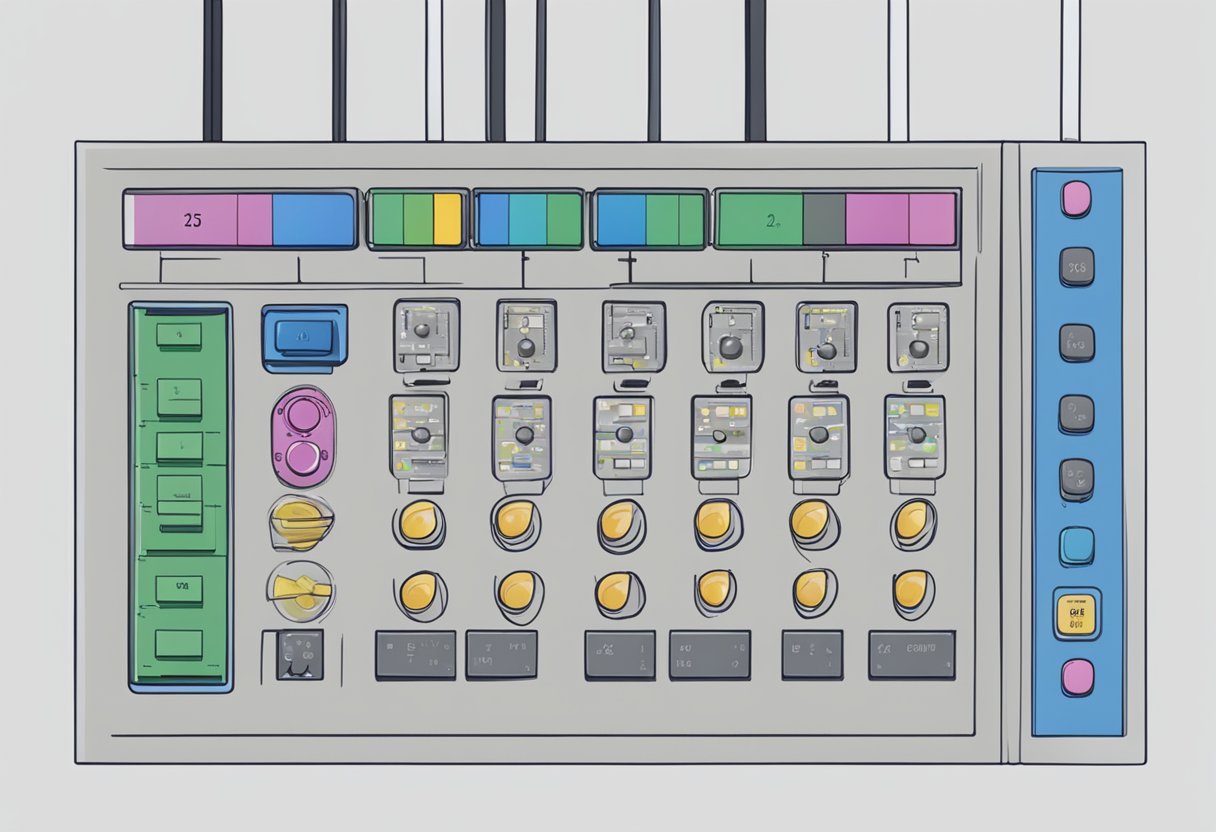Contact
Write to Us And We Would Be Happy to Advise You.
Do you have any questions, or would you like to speak directly with a representative?
By peter
If you’re in the process of developing a new electronic device, you’ll need to consider the user interface. One popular option is a membrane switch prototype, which uses pressure to open and close a circuit. Membrane switches are often used in medical devices, industrial equipment, and consumer electronics. They’re durable, easy to clean, and can be customized to match your product’s design.

Before you can start manufacturing your product, you’ll need to create a prototype. A membrane switch prototype is a working model of your device that demonstrates how the membrane switch will function. It allows you to test the switch’s performance, make any necessary adjustments, and ensure that it meets your specifications. A prototype is an essential step in the development process, as it helps you identify and correct any issues before you begin mass production.
Creating a membrane switch prototype can be a complex process, but there are many companies that specialize in this type of work. You’ll need to provide detailed drawings and specifications, and you’ll work closely with the manufacturer to ensure that the prototype meets your needs. With the right partner, you can create a high-quality membrane switch prototype that will set the foundation for a successful product.

If you are designing a new electronic device, you will likely need to create a prototype of the membrane switch before moving on to mass production. A membrane switch prototype is a sample product that demonstrates the functionality and design of a finished membrane switch. It allows you to test and refine the switch before proceeding with the final production.
The membrane switch prototype typically includes the graphic overlay, adhesive layer, and circuit layer that are used in the final product. During the prototyping process, you can test the switch’s functionality, durability, and overall performance. This is important because it allows you to identify and address any issues before moving on to mass production.
There are many different factors to consider when designing a membrane switch prototype. For example, you will need to carefully select materials for each component, from selecting rigid backers to choosing the appropriate substrate such as polyester or polycarbonate for the graphic overlay. You will also need to consider the backlighting options for the membrane switch.
When creating a membrane switch prototype, it is important to work with a reputable company that has experience in membrane switch design and prototyping. They can help you navigate the design process, identify potential issues, and create a prototype that meets your needs.
Overall, creating a membrane switch prototype is an essential step in the development of any electronic device. It allows you to test and refine the switch before moving on to mass production, ensuring that your final product is of the highest quality.

When designing a membrane switch prototype, there are several important considerations you need to keep in mind to ensure that the final product meets your requirements. In this section, we’ll cover some of the key design considerations that you should focus on during the development process.
One of the most important considerations when designing a membrane switch prototype is the selection of materials. The careful selection of materials should be considered heavily in the design of every component, from selecting rigid backers to choosing the appropriate substrate (such as polyester or polycarbonate) for the graphic overlay.
Another important consideration is the circuit layout. The circuit layout should be designed to minimize the risk of failure and to ensure that the switch operates reliably over time. This can involve a number of different factors, such as the placement of components, the routing of traces, and the use of shielding to protect against electromagnetic interference.
Tactile feedback is an important consideration in membrane switch prototype design. Tactile feedback can help users to feel when a button has been pressed, which can be important for applications where accuracy and precision are critical. There are a number of different options for providing tactile feedback, including embossing, metal domes, and polydomes. The choice of tactile feedback mechanism will depend on a number of factors, such as the application requirements and the desired tactile feel.
When it comes to manufacturing a membrane switch prototype, there are two main stages: printing and cutting, and assembly.
The first step in the manufacturing process is printing and cutting the membrane switch. The design is printed onto a flat sheet of material, usually polyester or polycarbonate, using a screen printing or digital printing process. The ink is then cured to ensure it adheres properly to the material.
Once the design is printed, the sheet is cut to size using a die-cutting process. This involves using a sharp steel rule die to cut the material into the desired shape. The die is created based on the design specifications, ensuring a precise cut every time.
The second stage of the manufacturing process is assembly. This involves laminating the printed membrane switch to a circuit layer, which contains the conductive traces and contact points. The circuit layer is typically made from copper or silver ink, and is printed onto a flexible substrate such as polyester.
Once the two layers are laminated together, the switch is tested to ensure it functions properly. This involves checking the electrical continuity of the circuit, as well as the tactile response of the switch.
Finally, the switch is assembled into a complete unit, which may include a backing adhesive, a graphic overlay, and a rigid support layer. The completed membrane switch prototype is then ready for testing and evaluation.
Overall, the manufacturing process for a membrane switch prototype is a precise and intricate process that requires specialized equipment and expertise. However, with the right materials and manufacturing techniques, it is possible to create a high-quality switch that meets the exact specifications of your design.
After the membrane switch prototype is designed and manufactured, it is important to test it thoroughly to ensure that it meets the required specifications. There are two types of testing protocols that are commonly used: Electrical Testing and Environmental Testing.
Electrical testing is performed to ensure that the electrical circuitry of the membrane switch is functioning correctly. This testing involves measuring the resistance, continuity, and actuation force of the switch. The resistance of the switch is measured to ensure that it is within the required range. The continuity of the switch is checked to ensure that it is opening and closing correctly. The actuation force of the switch is measured to ensure that it is within the required range.
Environmental testing is performed to ensure that the membrane switch can withstand the environmental conditions that it will be exposed to during its lifetime. This testing involves exposing the switch to extreme temperatures, humidity, and vibration. The switch is also tested for its resistance to chemicals and UV radiation.
During environmental testing, the switch is exposed to different temperatures to ensure that it can withstand the temperature range that it will be exposed to during its lifetime. The switch is also exposed to humidity to ensure that it can withstand the humidity levels that it will be exposed to. The switch is subjected to vibration to ensure that it can withstand the vibrations that it will be exposed to during its lifetime. Additionally, the switch is tested for its resistance to different chemicals and UV radiation to ensure that it can withstand exposure to these substances.
Overall, both electrical and environmental testing are essential to ensure that the membrane switch prototype is functioning correctly and can withstand the environmental conditions that it will be exposed to during its lifetime.
Membrane switch prototypes have a wide range of applications in various industries. They are used in electronic devices, medical equipment, automobiles, and aviation industries. Here are some of the use cases for membrane switch prototypes:
Membrane switch prototypes are commonly used in electronic devices such as remote controls, calculators, and microwave ovens. They provide a cost-effective solution for user interface design and can be customized to fit specific requirements. Membrane switches also offer a low profile and lightweight design, making them ideal for portable electronic devices.
Membrane switch prototypes are used in medical equipment such as blood analyzers, infusion pumps, and patient monitors. They offer a reliable and durable solution for user interface design in harsh environments. Membrane switches can be designed to be waterproof and easy to clean, which is essential in medical applications.
Membrane switch prototypes are used in automobiles for various applications such as dashboard controls, audio systems, and climate controls. They offer a cost-effective and reliable solution for user interface design in harsh environments. Membrane switches can be designed to withstand extreme temperatures, vibrations, and humidity.
Membrane switch prototypes are used in aviation for various applications such as cockpit controls, communication systems, and navigation systems. They offer a lightweight and low profile solution for user interface design, which is essential in aviation applications. Membrane switches can be designed to be backlit and easy to read in low light conditions.
In summary, membrane switch prototypes have a wide range of applications in various industries. They offer a cost-effective and reliable solution for user interface design in harsh environments. Customization options make them ideal for specific requirements, and their lightweight and low profile design make them suitable for portable devices.
As technology continues to evolve, membrane switch technology is also advancing at a rapid pace. Here are some of the future trends in membrane switch technology that you should be aware of:
One of the most exciting developments in membrane switch technology is the emergence of wearable electronics. As the demand for wearable devices continues to increase, membrane switches are becoming an ideal solution for creating thin, flexible, and durable interfaces.
Another trend in membrane switch technology is the use of haptic feedback. This technology allows users to feel tactile feedback when interacting with a device, which can enhance the user experience and improve functionality.
As membrane switches become more widely used in various applications, the need for improved durability is also increasing. Manufacturers are developing new materials and designs to ensure that membrane switches can withstand harsh environments, frequent use, and exposure to chemicals and other substances.
Membrane switches are also being integrated with other technologies, such as touchscreens and sensors, to create more advanced interfaces. This integration can improve the functionality and usability of devices, making them more intuitive and user-friendly.
Overall, the future of membrane switch technology looks promising, with exciting developments on the horizon. As technology continues to evolve, membrane switches will play an increasingly important role in creating innovative and intuitive interfaces for a wide range of applications.
Do you have any questions, or would you like to speak directly with a representative?